Imagine waking up one morning, checking your website analytics tools, and seeing a sudden drop in website traffic.
Panic kicks in. What went wrong?
Was it a Google algorithm update impact, a technical SEO issue, or something else entirely?
While fluctuations in organic search performance are normal, a significant website traffic loss means something needs your urgent attention.
But before you assume the worst, you need to confirm if the traffic drop is real and then pinpoint the root cause.
This guide will walk you through a step-by-step traffic recovery plan to diagnose traffic drops, understand their causes, and take the right actions to start recovering organic traffic.
Before you take action, you first need to understand the cause of the drop. In some cases we have seen the traffic loss was due to a technical glitch or human error.
So it’s good to know the common reasons why websites can experience an SEO traffic decline.
Google updates its algorithm frequently, sometimes without prior notice. If your traffic dropped around the time of a core update, then that might be the reason for it.
In March 2024, Google rolled out a core update that heavily focused on content quality, relevance, and site authority. Many websites saw drastic shifts in rankings due to outdated content, poor E-E-A-T signals, and technical inconsistencies.
What to Do:
Barry Schwartz from Search Engine Roundtable states,
“With every core update, Google refines its ability to surface the most valuable content. Websites that don’t meet user intent or have outdated content are often the most affected.”
Sometimes, a sudden drop in website traffic happens due to simple technical SEO issues. Here are key areas to check:.
What to Do:

Image Source – SEMRush
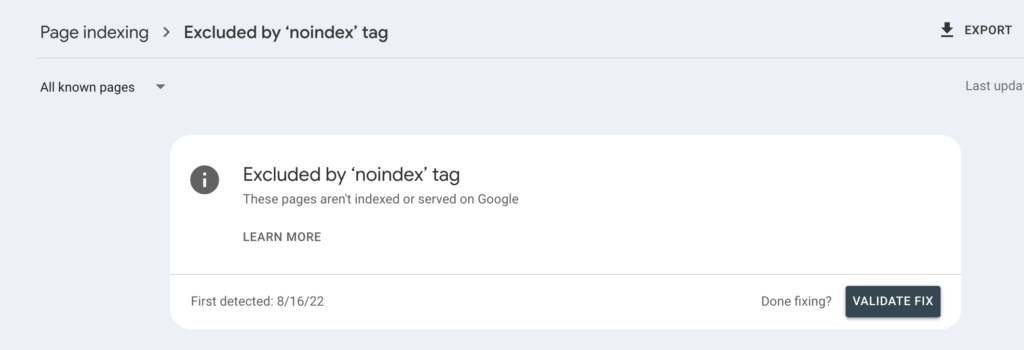
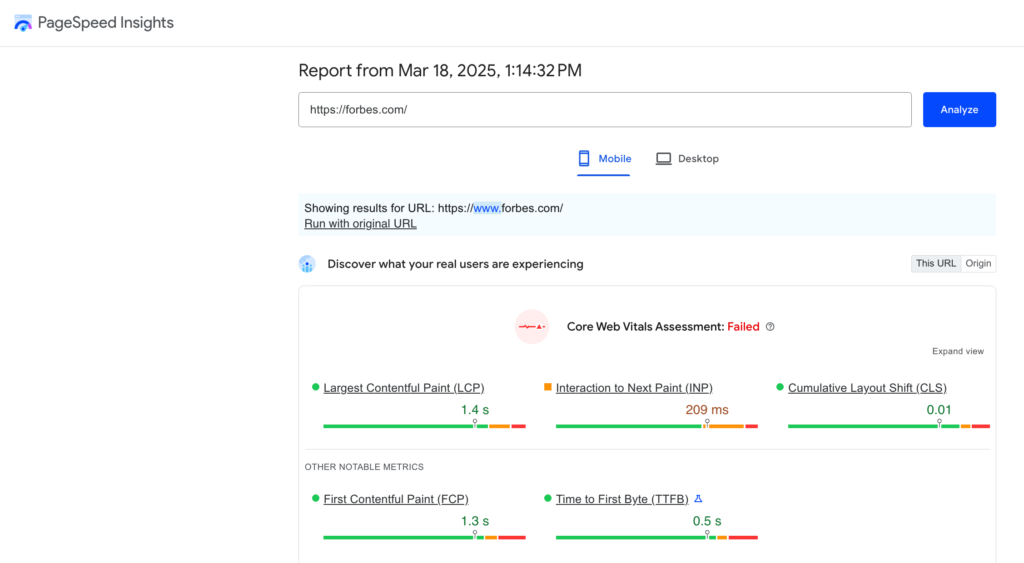
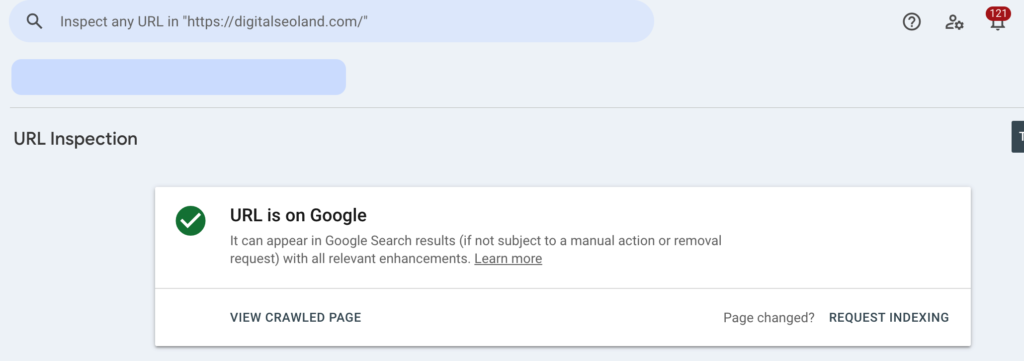
If your traffic suddenly tanks, Google might have issued a manual penalty on your site for violating its guidelines. Common reasons include:
What to Do:
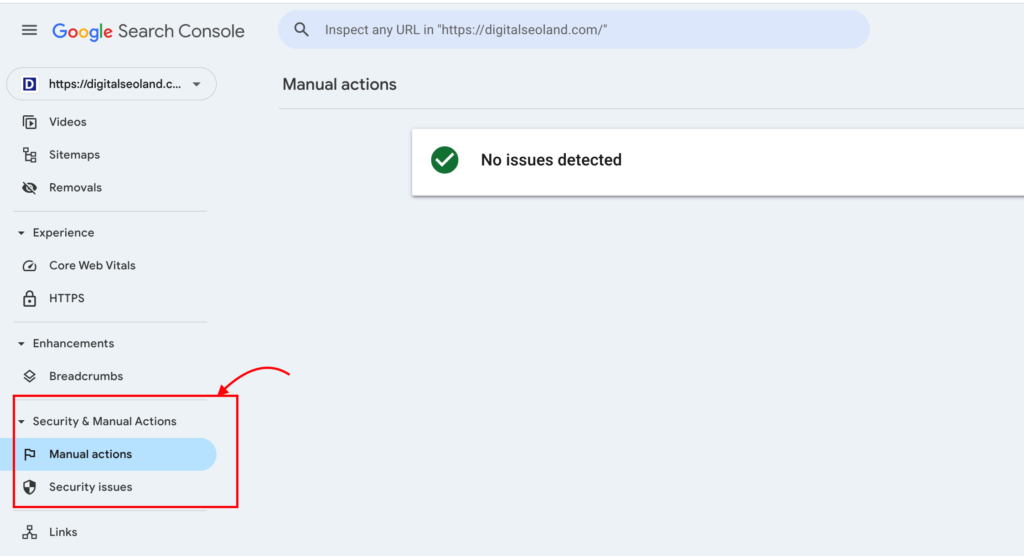
Your website’s content must stay relevant, valuable, and up-to-date. If your content quality declines or you slow down on publishing, your traffic can drop.
Google now scrutinizes AI-generated content, penalizing low-quality, error-ridden, or unoriginal articles.
What to Do:
Lily Ray, SEO Director at Amsive Digital, recommends,
“Content updates should focus on user experience, depth, and accuracy. Google rewards pages that provide the most up-to-date and comprehensive answers to queries.”
Backlinks are crucial for SEO authority. If you’ve lost valuable links, your rankings (and traffic) might take a hit.
What to Do:
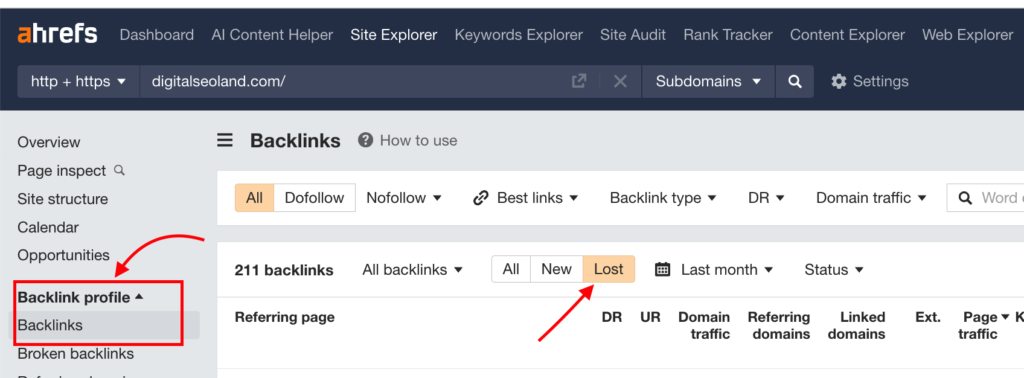
If your traffic has dropped, follow this structured diagnosis checklist.
Step 1: Conduct a Full SEO Audit
☐ Analyze on-page SEO, backlinks, and technical performance.
☐ Use tools like Semrush, Ahrefs, or Screaming Frog.
☐ Fix issues like slow loading speed, broken links, or missing metadata.
Step 2: Check for Google Algorithm Changes
☐ Review Google’s Search Status Dashboard for updates.
☐ Compare ranking shifts with core update timelines.
Step 3: Fix Broken or Lost Links
☐ Recover lost backlinks from authoritative sources.
☐ Remove or disavow spammy links from bad websites.
Step 4: Improve Your Content
☐ Identify underperforming pages using Google Analytics (high bounce rates, low CTR).
☐ Add more in-depth sections, examples, and updated information.
☐ Use People Also Ask queries to expand your content.
Step 5: Optimize Titles & Meta Descriptions
☐ Make page titles engaging and keyword-optimized (under 60 characters).
☐ Improve meta descriptions for higher click-through rates (CTR).
Step 6: Strengthen Internal Links
☐ Add strategic internal links to boost page authority.
☐ Interlink old and new content for better crawlability.
Step 7: Secure Your Website & Check for Malware
☐ Scan your site using Google Search Console for security warnings.
☐ Fix vulnerabilities and update security plugins.
Once you’ve identified the root cause of your traffic drop, it’s time to implement recovery strategies that target the specific problem areas. The goal is not just to regain rankings but to future-proof your website against similar issues.
If your traffic decline coincided with a website redesign, CMS migration, or major content update, consider rolling back changes or troubleshooting key elements:
Google rewards fresh, high-quality content that thoroughly answers user queries. To recover:
Internal links help distribute link equity and improve website navigation for both users and search engines.
Technical issues can cripple your rankings. Perform a deep technical audit and resolve:
Backlinks remain a major ranking factor. If you’ve lost key backlinks or need to strengthen your authority:
Well there is no exact answer to this question. The timeline for traffic recovery varies based on the issue, the severity of the causes and also people working behind the recovery process: Here are some quick estimations:
Recovering from an organic traffic drop isn’t always instant, but it’s absolutely possible with the right approach. The key is to stay proactive, patient, and consistent in implementing fixes whenever and wherever required.
Start by identifying the exact cause, whether it’s a Google algorithm update, technical issue, or content decline. Once you diagnose the problem, take targeted action.
Remember, SEO is always an ongoing effort, and rankings fluctuate naturally. The websites that consistently improve their content, site experience, and backlink profile are the ones that thrive in the long run.
If you’re facing a persistent drop, don’t hesitate to seek professional SEO guidance or run a deep-dive audit to uncover hidden issues. The sooner you address the root cause, the faster you’ll see recovery.
Googlebot is like a traveler with a limited number of stamps in its passport. Each time it visits...
Read Case Study(A practical, human guide for stakeholders who want results) Enterprise SEO remains a top growth channel in 2025,...
Read Case StudyYour search for how to find blog post topic ideas in 2025 ends here! Finding interesting blog topics...
Read Case Study